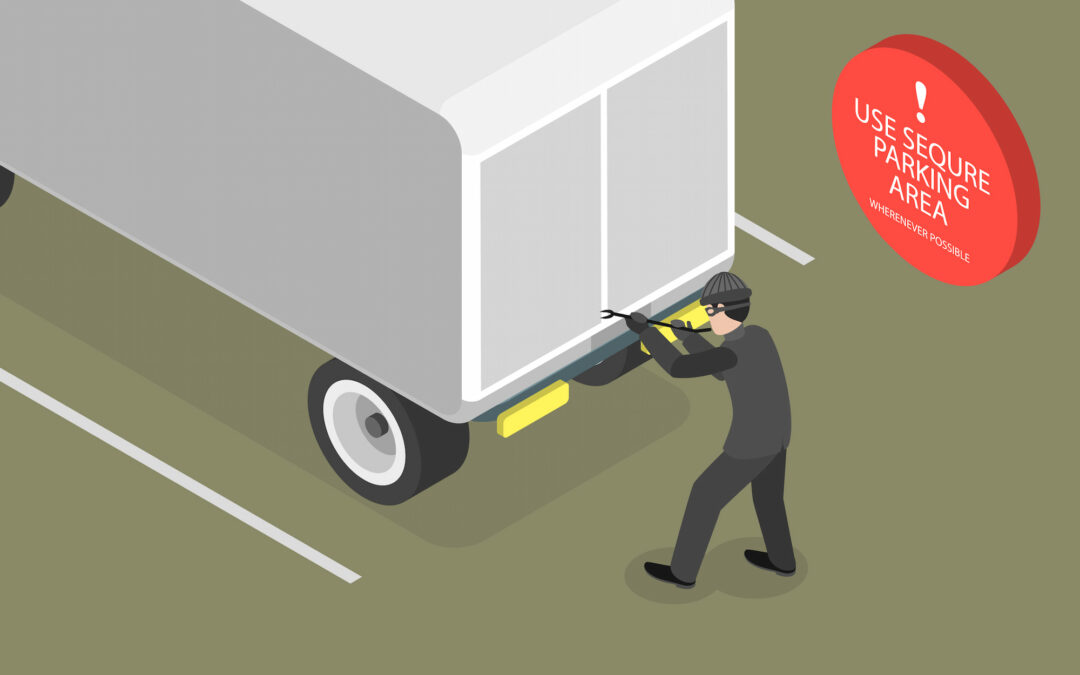
by mafe | Dec 16, 2025 | Domestic Shipping, Freight, Trucking and Supply Chain
A significant US freight chokepoint is resulting in the DOT ending a $43 million bottleneck. The American Legion Memorial Bridge is a substantial location for cargo movement on the US East Coast. Approximately over 216,000 vehicles and over 21,000 heavy-duty carriers...

by mafe | Dec 9, 2025 | Domestic Shipping, Freight, Truck drivers
The crackdown on the domestic shipping industry is continuing, with President Trump removing trucking schools. On December 1, US Transportation Security Sean P. Duffy announced the removal of nearly 3000 trucking schools. The DOT (Department of Transportation) put...

by mafe | Nov 11, 2025 | Domestic Shipping, Freight, Freight Brokers
An important consideration that shippers should be aware of in the next few months is preparing for the holiday season. The holiday season, from late October to early January, is typically the busiest period of the year for freight movement. In particular, retail,...

by A1 Freight Solutions | Nov 4, 2025 | Domestic Shipping, Economic Trends, Freight
Economists predict that the freight industry could soon face the biggest capacity purge in trucking. Approximately 600,000 drivers could soon be removed from domestic shipping in the US. The FTR Transportation Intelligence noted that net operating authorities have...

by mafe | Oct 28, 2025 | Domestic Shipping, Freight, Supply Chain
An important consideration when deciding to move goods domestically is understanding the common cargo theft risks. Cargo theft is a partial or complete load from a truck or the carrier. The American Transportation Institute reports that carriers lose approximately...

by A1 Freight Solutions | Oct 21, 2025 | Domestic Shipping, Freight, Truck drivers
The push for English in trucking continues, with the US Senate recently introducing a bill for English-only commercial license testing. On Thursday, October 16, Various lawmakers introduced the Secure Commercial Driver Act. The bill bundles two CDL (Commercial...







